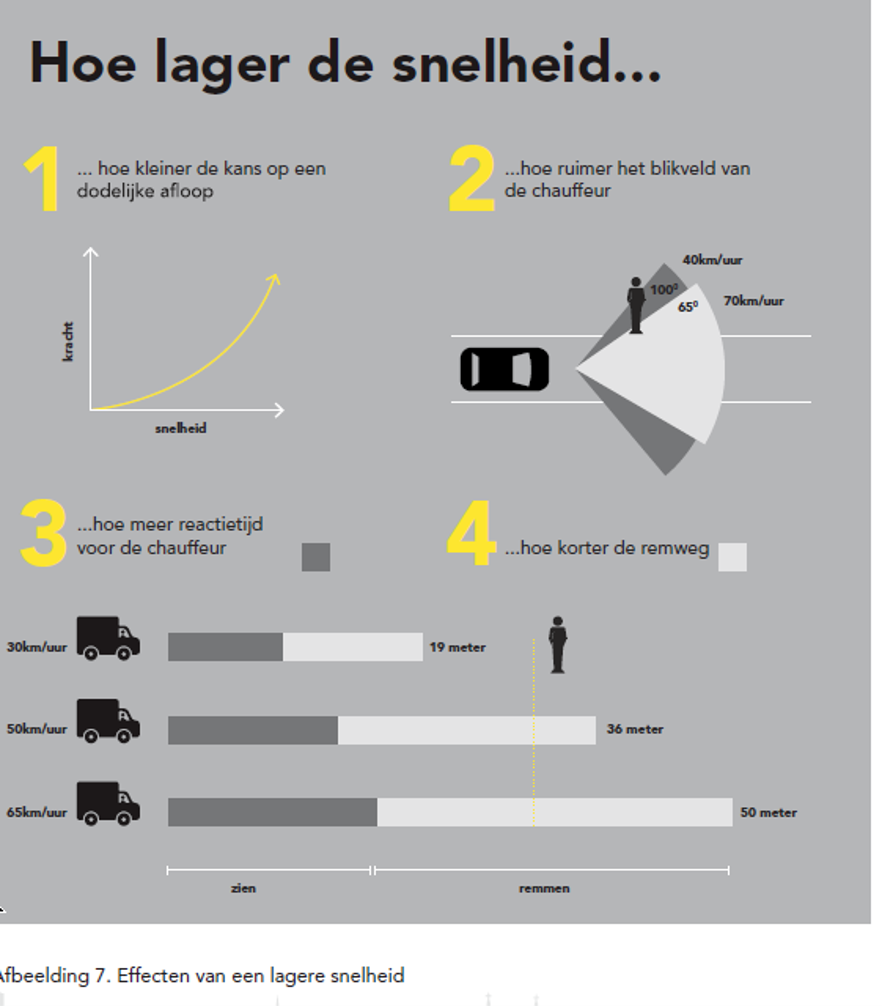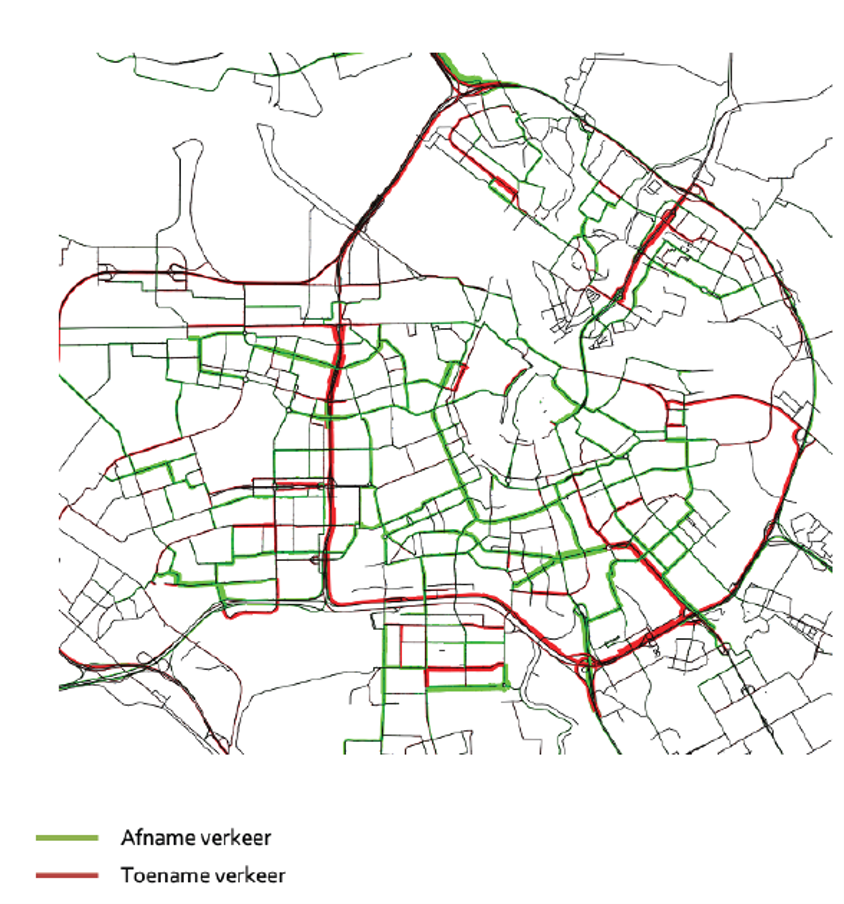Amsterdam opts for 30 kilometers per hour in the city
Update: In the previous version of this article we talked about HAR30, while this should be DR30 (a distributor road with through traffic and a speed limit of 30 km/h). This has been corrected in the text below.
In order to tackle unsafe traffic situations, Amsterdam aims as the first large city in the Netherlands to introduce a speed limit of 30 kilometers per hour in many more streets. Amsterdam is the first large city in the Netherlands with this ambition. A lower speed limit is one of the measures that can lead to safer traffic and a more carefree city. What does this initiative mean for cycling in the city?
Each week more than fifteen people are seriously injured in Amsterdam traffic. More than once a month someone is killed in the city’s traffic. We find this unacceptable. That’s why Amsterdam wants to bring the speed limit back to 30 km/h in 2023. In many of the streets in the urban areas that currently have a speed limit of 50 km/h it will be reduced to 30 km/h.
What will 30 km/h mean for the city?
By lowering the speed limit to 30 km/h we expect to see a reduction in serious injuries plus less noise pollution. That will be an important improvement for all cyclists and pedestrians who partake in traffic without protection. With 30 km/h, there is less risk of an accident taking place, and if there is a collision, the consequences will be less severe. The city will have safer and quieter traffic and will be more livable. The number of serious injuries may be reduced by 30 percent. In 2020 more than 800 serious injuries and 13 fatalities occured.
A new type of road: DR30
At this moment there are, simply put, two types of road in the city: distributor roads (DR) with through traffic and a speed limit of 50 km/h. And heritage access roads (HAR) in residential areas, with only destination traffic and a speed limit of 30 km/h. With 30 km/h, many city streets with busy traffic will get a lower speed limit. At the same time, these streets will remain to be important for car traffic. Traffic still has priority on these routes and, in principle, bicycles will have their own facilities. But these routes will become a new type of road: ‘DR30’.
Bicycle paths
On heritage access roads (HAR), bicycles and cars can in principle share the road. On distributor roads (DR), bicycle paths are necessary to offer cyclists a safe space, undisturbed by faster cars. This layout is derived from ‘Sustainably Safe’, which aims to separate road users with different speeds and masses. With 30 km/h, the DR’s in the city will change. This may have consequences for the cycle paths along these roads. On ‘HAR30’, the speed limit will be 30 km/h, and through traffic will be of equal importance as residing.
Exceptions
On some large main roads in the city and many distributor roads outside of the Ringroad A10, the intention is to maintain the speed limit at 50 km/h. The speed limit will also remain 50 km/h on detached tram tracks, also if the roadway next to it is 30 km/h. You can view the proposed speed limits and modifications on this map.
Introduction and enforcement
Amsterdam prefers to make the change to a lower speed limit in one step. This involves the adjustment of traffic signs and road marking, and thorough and broad communication. It is impossible, financially as well as physically, to give all DR30 the ideal layout at the same time. Only when a DR30 needs major maintenance or street refurbishment, a real DR30 layout will be realised. The layout of the street will depend on the number of cars and bicycles using the street. The most important starting point is that the speed limit of 30 km/h will be credibly integrated in the design. In order to be able to enforce the 30 km/h speed limit, a speed limitation device for cars (ISA) is under investigation. Starting in 2024, ISA will be obligatory in all new vehicles. In our view, enforcement is the final element in reducing speed.
A city with safer traffic
The effects of a lower speed on traffic safety:
- Collisions have less impact;
- Motorists have a wider field of view;
- There is more time to react;
- The braking distance is reduced considerably.

Less noise disturbance
In many streets, noise disturbance will be reduced after introducing 30 km/h. Even up to 5 dB. This results from the combination of lower speed and less traffic on these roads. On a number of roads, noise disturbance will increase as a result of an increase in traffic.
Less car traffic in most streets
On the basis of examples from abroad and research with the traffic model, a structural decrease of 2,5 percent in car use is expected in most of the city’s streets. The roads that will remain to be 50 km/h and the Ringroad A10 will in general be used more than now. The largest effects will be visible on the Ringroad A10, the highway ring around the city. But it will not be overloaded.

Expected decrease (green) and increase (red) of car traffic as a result of implementing ’30 in the city’.
Monitoring
Brussels (Belgium) and Dublin (Ireland) have already switched to 30 km/h. You can find lots of information if your city loves 30 km/h: https://www.love30.ie/.
Amsterdam is the first big city in the Netherlands that chooses for 30 km/h as a starting point. This involves lots of development and experimentation. By monitoring and – when necessary – adjusting, the measure will be improved step by step. Amsterdam works closely together on this with knowledge institutes such as CROW and SWOV.







